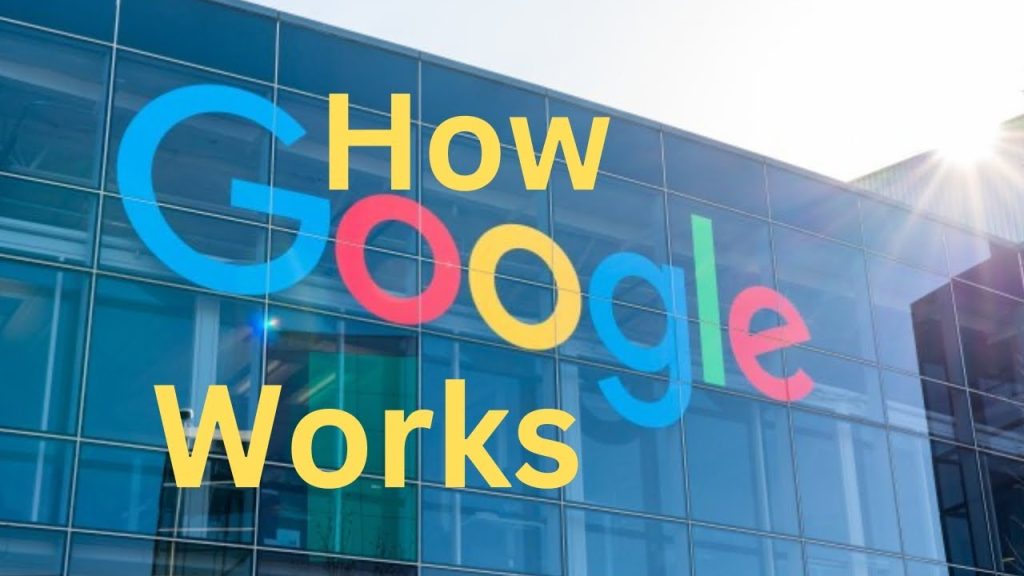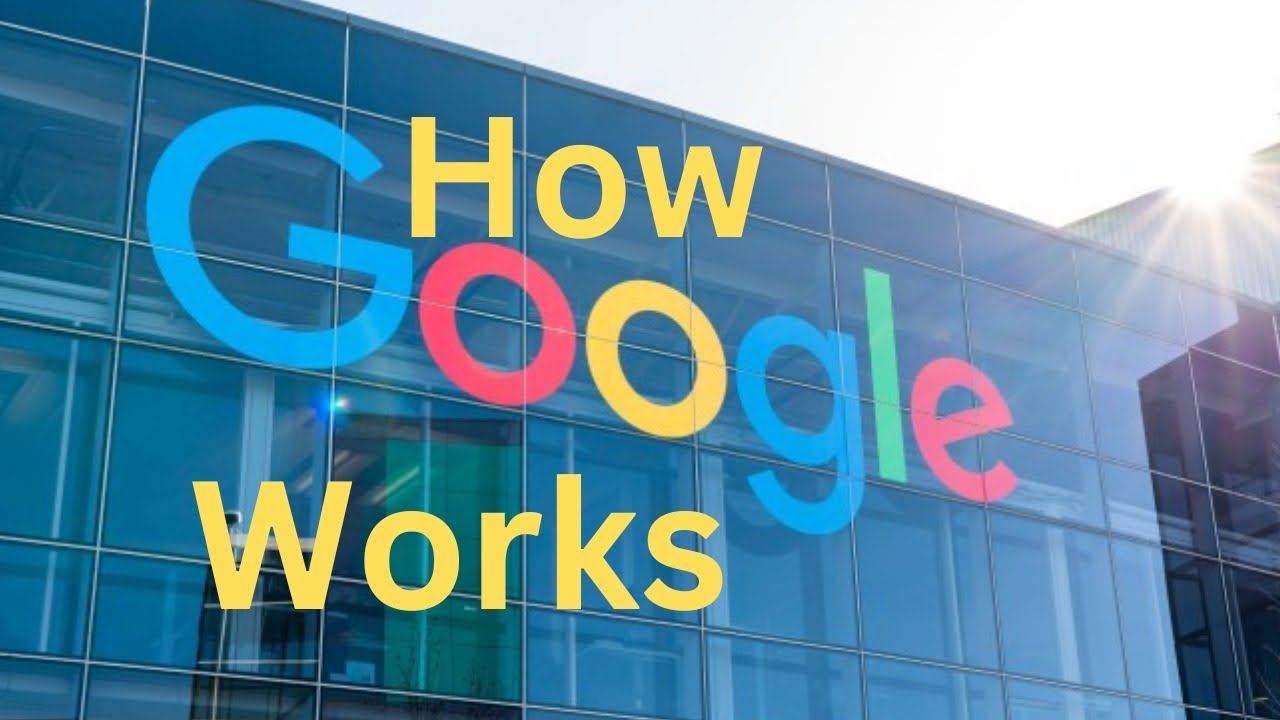How Google Works in 2024-2025: An In-Depth Look
As we step into 2024, Google continues to evolve, shaping the digital landscape and influencing how we access information. The company, renowned for its search engine, has expanded its offerings to encompass a myriad of services, from cloud computing to artificial intelligence. This article explores how Google operates in 2024-2025, focusing on its search algorithm, artificial intelligence integration, user experience enhancements, and evolving privacy measures.
The Evolution of Google Search
Google Search has come a long way since its inception. As of 2024, the platform uses a sophisticated combination of algorithms, machine learning, and artificial intelligence to deliver the most relevant search results to users. The core of Google’s search functionality lies in its ability to understand user intent, context, and the vast array of content available on the internet.

Understanding User Intent
One of the key advancements in Google’s search technology is its enhanced understanding of user intent. In 2024, Google employs advanced natural language processing (NLP) models that analyze not just the keywords entered into the search bar, but also the context surrounding those queries. For example, if a user types “best Italian restaurant,” Google considers factors such as the user’s location, search history, and even trending local reviews to deliver personalized recommendations.
Semantic Search
With the introduction of semantic search, Google aims to understand the meaning behind queries rather than relying solely on keywords. This approach allows the search engine to deliver more accurate and contextually relevant results. Semantic search uses a knowledge graph, which is a vast database of interconnected concepts, to link information and provide users with comprehensive answers. As a result, users often find themselves receiving rich snippets that summarize answers directly in the search results.
Artificial Intelligence and Machine Learning
In 2024, Google’s integration of artificial intelligence (AI) and machine learning (ML) technologies is more pronounced than ever. The company has developed numerous AI models that enhance various aspects of its services, with a particular emphasis on search.
BERT and MUM
The Bidirectional Encoder Representations from Transformers (BERT) model was a significant milestone in how Google processes language. By 2024, BERT has been complemented by a newer model called Multitask Unified Model (MUM). MUM is designed to handle complex queries that may require understanding multiple languages and types of media simultaneously. This means that if a user searches for information about a global event, Google can pull relevant data from text, images, and videos to create a holistic response.
AI-Powered Features
Google has also introduced several AI-powered features that enhance user interaction. For instance, Google Assistant has become more intuitive, providing users with voice-activated responses that feel more conversational. Additionally, Google Lens, which allows users to search using images, leverages AI to identify objects, text, and even landmarks in real-time, making search more dynamic and interactive.
Enhancing User Experience
User experience (UX) remains at the forefront of Google’s priorities. As digital consumption patterns evolve, Google continuously updates its interface and features to provide a seamless experience.
Mobile-First Indexing
With the majority of web traffic coming from mobile devices, Google has shifted to a mobile-first indexing approach. This means that Google predominantly uses the mobile version of a website for indexing and ranking. In 2024, this trend has led webmasters to optimize their sites for mobile performance, focusing on load times, responsive design, and mobile-friendly content.
Core Web Vitals
In addition to mobile optimization, Google has emphasized Core Web Vitals—metrics that assess the loading performance, interactivity, and visual stability of a webpage. Websites that prioritize these factors tend to rank higher in search results. This focus on user-centric metrics reflects Google’s commitment to delivering a high-quality browsing experience.
Personalization and User Engagement
Personalization is another area where Google has made significant strides. By analyzing user behavior and preferences, Google tailors search results to fit individual needs. For instance, if a user frequently searches for tech news, Google will prioritize tech-related content in their results. This personalized approach not only enhances user satisfaction but also keeps users engaged with the platform.
Evolving Privacy Measures
As concerns about data privacy intensify, Google has taken proactive steps to enhance user privacy in 2024. The company is committed to transparency and user control over personal data.
Privacy Controls
Google provides users with robust privacy controls, allowing them to manage their data effectively. Through the Google Account settings, users can review their activity, delete past searches, and adjust ad preferences. This emphasis on user control helps build trust and fosters a positive relationship between Google and its users.
AI Ethics and Transparency
In light of the increasing integration of AI, Google has also prioritized ethical considerations in its AI developments. The company has established guidelines for responsible AI use, focusing on transparency, fairness, and accountability. As part of these efforts, Google actively engages with stakeholders, including researchers and policymakers, to discuss the implications of AI technologies on society.
The Future of Google Search
Looking ahead, the future of Google Search is poised for further innovation. As we approach 2025, we can anticipate several trends that will shape the way Google operates.
Voice Search and Conversational AI
With the rise of smart speakers and voice-activated devices, voice search is expected to play a more prominent role. Google is likely to enhance its conversational AI capabilities, allowing users to engage in more natural, dialogue-like interactions. This shift will necessitate further advancements in NLP and understanding complex queries.
Augmented Reality and Visual Search
Augmented reality (AR) and visual search are set to become integral parts of the Google experience. By leveraging AR technology, Google could enable users to interact with their environment and receive contextual information in real time. For instance, pointing a phone at a landmark could trigger relevant search results, enhancing both learning and exploration.
Continued Emphasis on Quality Content
As competition in the digital space grows, Google will continue to prioritize high-quality content. The focus will likely remain on rewarding websites that provide valuable, well-researched, and user-friendly information. This trend emphasizes the importance of content creators and marketers adapting their strategies to align with Google’s evolving algorithms.
Conclusion
As we navigate through 2024 and into 2025, Google remains a driving force in shaping the future of information access and digital interaction. With advancements in AI, user experience enhancements, and a strong commitment to privacy, Google is not just a search engine but a comprehensive ecosystem that evolves with user needs and technological advancements. Understanding how Google works today equips us to leverage its capabilities effectively, ensuring that we stay informed and engaged in this ever-changing digital landscape.
